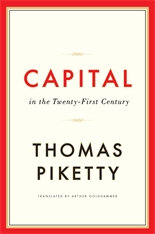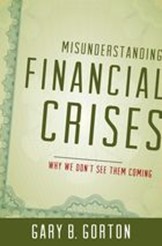Going viral
 Going viral / Karine Nahon, Jeff Hemsley
Going viral / Karine Nahon, Jeff Hemsley
Cambridge, GB: Polity, 2013. 182 p.
We live in a world where a tweet can be instantly retweeted and read by millions around the world in minutes, where a video forwarded to friends can destroy a political career in hours, and where an unknown man or woman can become an international celebrity overnight. Virality: individuals create it, governments fear it, companies would die for it. In this important new book Nahon and Hemsley uncover the factors that make things go viral online. They analyze the characteristics of networks that shape virality, including the crucial role of gatekeepers who control the flow of information. They also explore the role of human attention, showing how word of mouth, bandwagon effects, homophily, and interest networks help to explain the patterns of individual behavior that make viral events.
Drawing on a wide range of examples, this path-breaking account of viral events will be essential reading for students, scholars, politicians, policymakers, executives, artists, and anyone who wants to understand how our world today is being shaped by the flow of information online.









